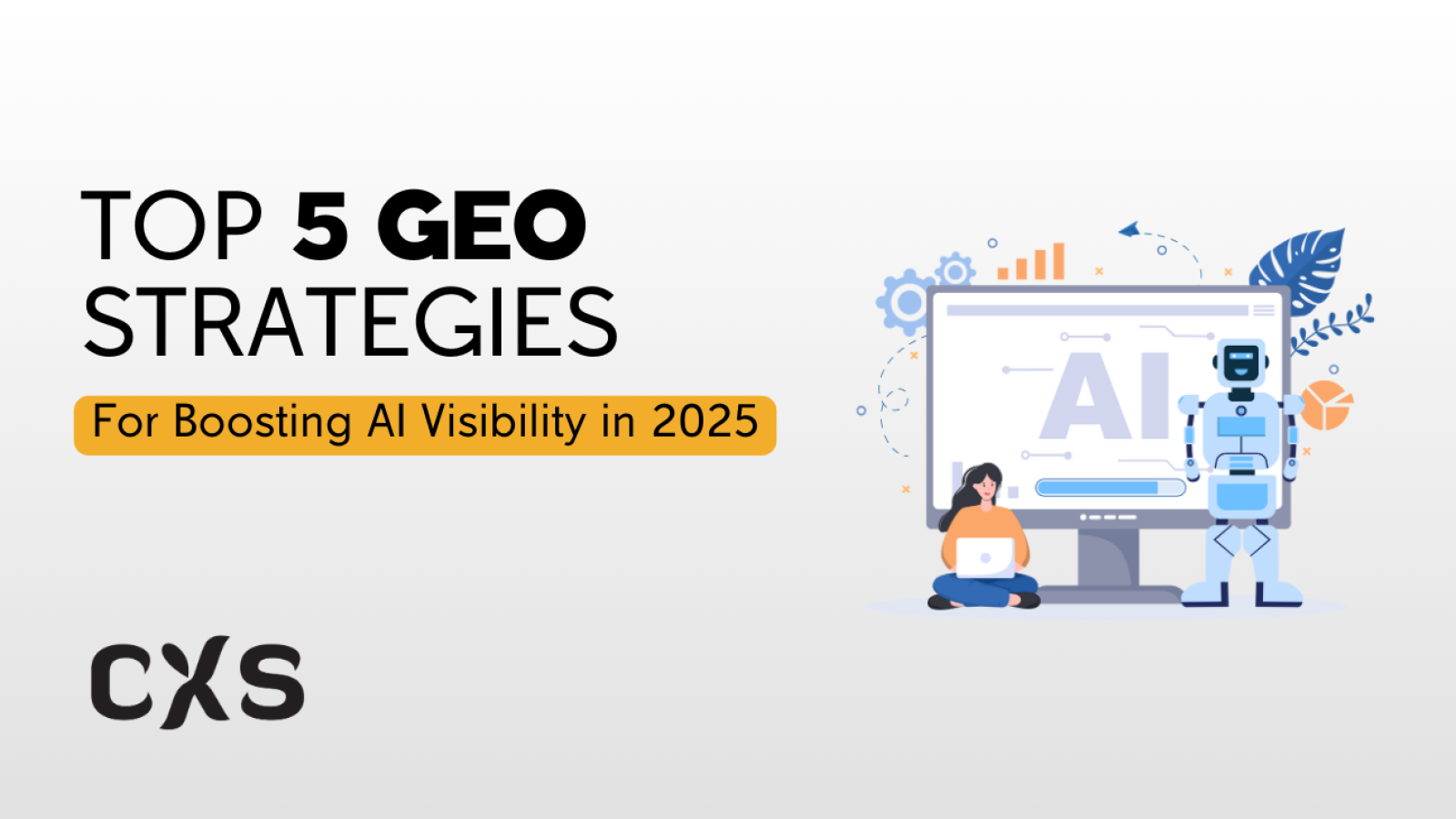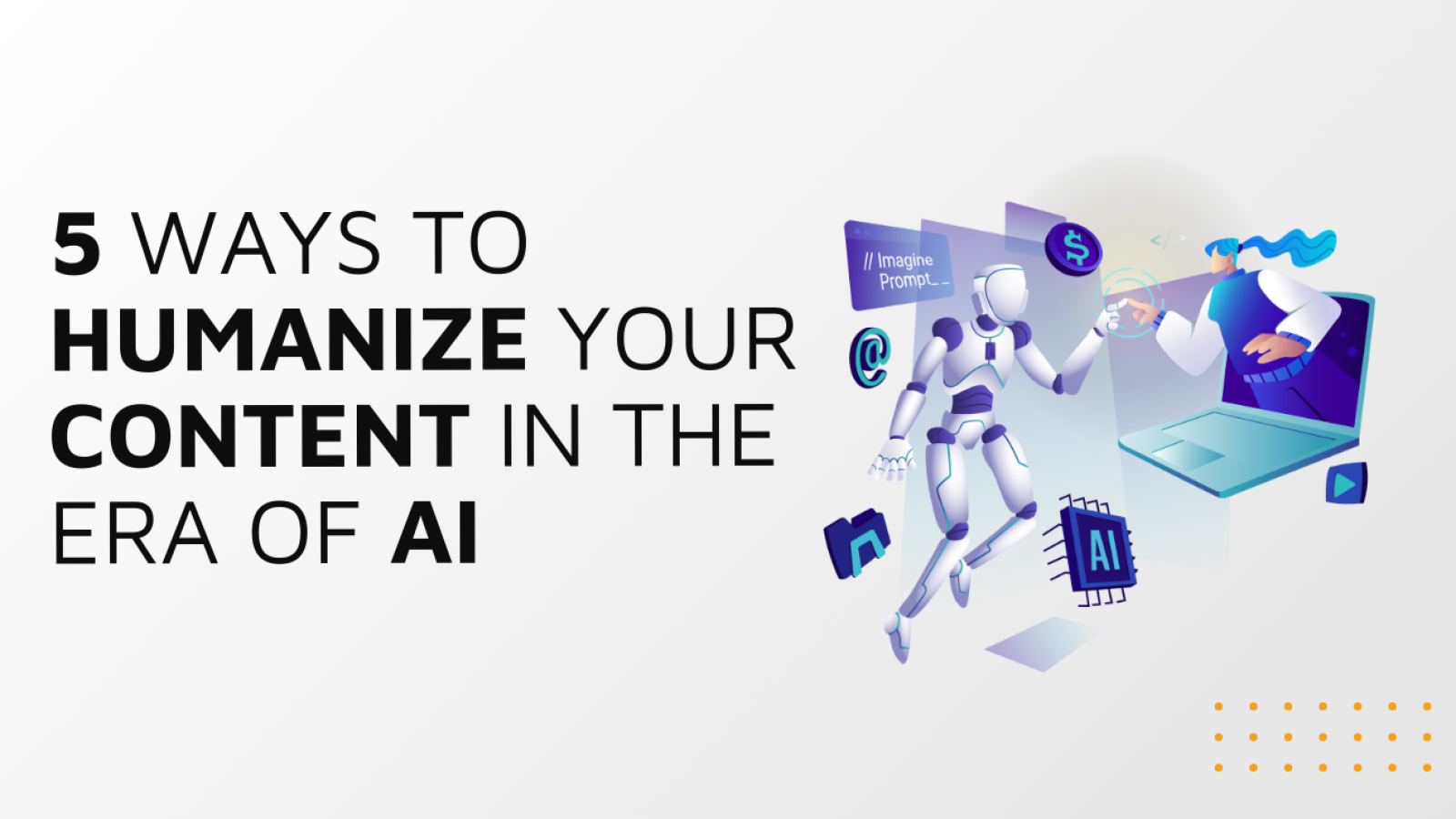Top 5 Generative Engine Optimization (GEO) Strategies For Boosting AI Visibility in 2025
In 2025, Generative Engine Optimization (GEO) is essential for enhancing the visibility of AI-driven content. As businesses increasingly adopt AI technologies, ensuring your AI outputs are discoverable is key. GEO is the next evolution of SEO, designed to optimize AI-generated content for search engines, generative AI platforms, and intelligent systems.
Here are five effective GEO strategies to boost AI visibility in 2025, with examples.
1. Optimize AI Content With Semantic Keyword Integration
While traditional SEO relies on keyword frequency, GEO emphasizes semantic relevance. AI-driven content engines prioritize context and meaning over repetition. Integrating high-intent keywords naturally improves search performance and AI recommendations.
Example: Instead of repeating “AI SEO tools” many times, write phrases like “best AI platforms for SEO optimization” or “how AI tools improve website ranking.” This gives search engines and AI models more context without keyword stuffing.
2. Enhance Structured Data and Metadata for AI Understanding
Structured data helps AI systems interpret the context and purpose of your content. Explicit metadata, schema markup, and structured snippets make your content easier to index and rank.
Structured Data Elements | Purpose | Example |
Schema Markup | Helps search engines understand content type | Marking a blog post about AI tools as an Article |
Meta Titles & Descriptions | Improves click-through rates | Title: “Top 5 AI Tools for Marketing in 2025” |
JSON-LD Tags | Enhances AI content recommendations | Tagging “Product Review” for an AI software review |
Example:
A website selling AI software can use schema markup. Hence, AI search engines know each page is a product review, FAQ, or tutorial, improving chances of appearing in AI-generated results.
3. Leverage AI-Generated Multimedia
In 2025, AI platforms favor multimodal content, including images, videos, and interactive visuals. Optimizing AI-generated media increases engagement and visibility.
Example:
An AI-generated video tutorial on “Creating AI Chatbots” can include:
- Descriptive alt text for images: “AI chatbot interface example”
- A transcript for the video, so search engines and AI can understand the content
- Compressed video files for faster loading
4. Focus on Intent-Based Content Clusters
Group AI-generated content into intent-based clusters rather than isolated posts. This improves AI understanding and boosts relevance for topical searches.
Example:
Primary Topic: “Generative AI in Marketing”
- Supporting Articles: “AI Email Campaigns for Small Businesses” & “AI Chatbots for Customer Service”
- FAQs: “What is Generative Engine Optimization?” & “How GEO boosts AI visibility?”
By interlinking these articles, AI systems recognize the cluster as an authoritative source on AI marketing, increasing visibility.
Cluster Type | Example |
Primary Topic | Generative AI in Marketing |
Supporting Articles | AI Email Campaigns, AI Chatbots |
FAQs | What is GEO? How does GEO boost AI visibility? |
5. Monitor AI Metrics and Continuously Update Content
AI visibility requires ongoing optimization using analytics. Tracking engagement, recommendation reach, and ranking signals allows you to refine your GEO strategy.
Example:
A company publishes AI-generated guides about AI tools. By monitoring which articles AI platforms recommend most or which posts get higher engagement, they can update content regularly, adding new examples or refining headings, improving visibility and relevance.
Metric | Purpose | Example |
Engagement Rate | Measures AI user interaction | High comments and shares on “AI Email Campaigns” post |
Click-Through Rate (CTR) | Shows the effectiveness of titles | “Top 5 AI Tools in 2025” gets 25% CTR |
AI Recommendations | Shows frequency of suggestions | Featured in AI tool suggestion lists |
Content Freshness | Tracks the performance of updated content | Update yearly to reflect the latest AI tools |
Conclusion
Generative Engine Optimization (GEO) is transforming AI content discoverability in 2025. By integrating semantic keywords, structured data, AI-optimized multimedia, intent-based clusters, and continuous monitoring, businesses can maximize AI visibility and engagement. Adopting these five GEO strategies ensures your AI-generated content reaches the right audiences and stays competitive in an AI-driven digital world.



